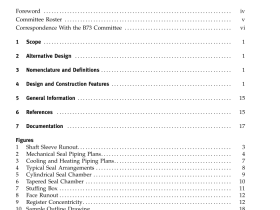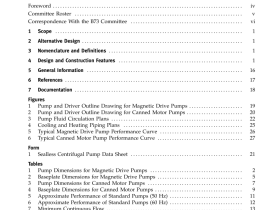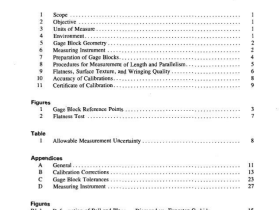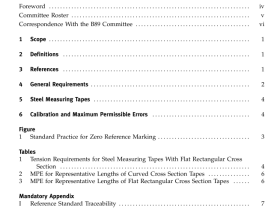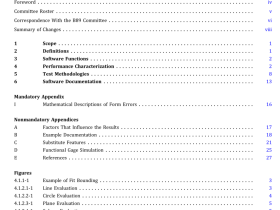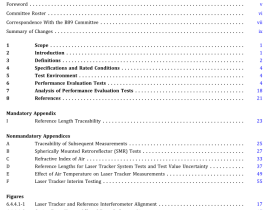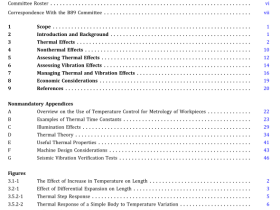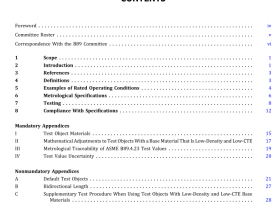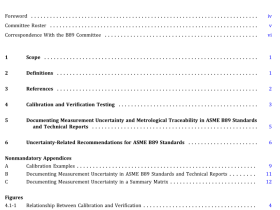ASME NQA.TR pdf download
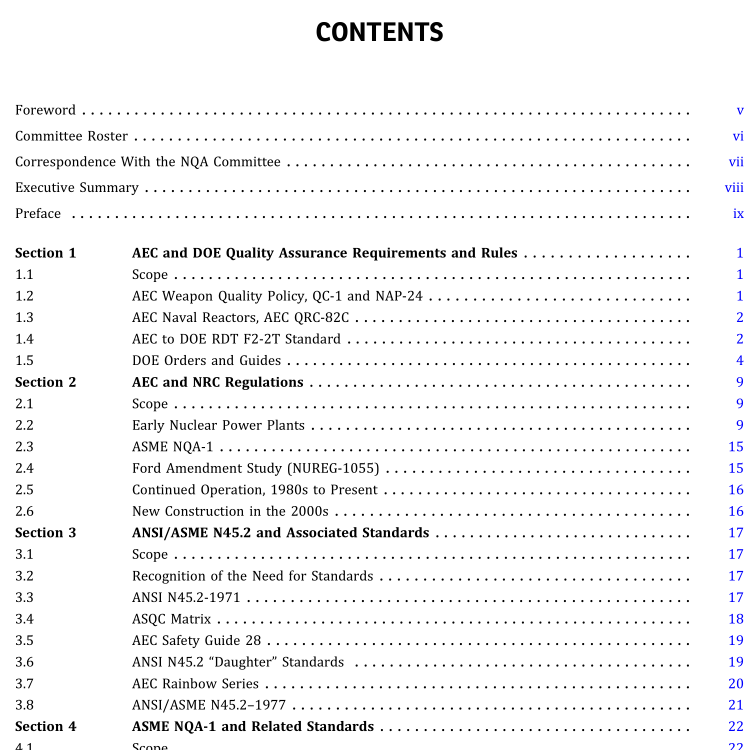
ASME NQA.TR pdf download Evolution of Quality Assurance Principles and Requirements in the U.S. Nuclear Industry
1.1 SCOPE
This Section describes the evolution of nuclear qualityassurance from early quality control and inspection requirements for AEC nuclear weapons production andnaval reactors programs; to the more comprehensivequality assurance program requirements for nuclearweapons production and AEC/DOE reactor developmentand technology activities; to the series of DOE qualityassurance directives.
1.2 AEC WEAPON QUALITY POLICY,QC-I ANDNAP-24
AEC quality management policy for nuclear weaponscomplex activities was first documented in the AEC’sSanta Fe Operations Office (SFO) Weapon QualityPolicy,QC-1.lssued in April 1954,QC-1 predated MILQ-9858A,’ the widely used DOD specification for militaryquality assurance programs that was issued in 1959.The initialedition ofOC-1 included the following qualitycontrol and inspection principals and requirements:(a) specification and drawing control
(b) quality control procedures
(c) control of inspection gauging and test equipment
(d) production tooling accuracy
e] in-process inspection and records(f) control of special processes(g) SFO/DOE source inspection(h) raw material and deviation controlQC-1 prescribed general principles and practices forAEC-SFO acceptance inspection of nuclear weaponssystems and auxiliary equipment from prime contractorsIt required weapons program prime contractors to establish and implement quality control systems to ensureamong other things,that nuclear weapons materialsmet minimum quality standards.SFO expected these principles and requirements to be applied also to ordnanceplants operated by DOD on the behalf of SFO and toarsenals that performed work for the SFO under agreements with DOD In 1982, the DOE AssistantSecretaryfor MilitaryAppli- cations defined, 2 and in 1989 redefined 3 in greater detail, the quality assurance policy for the DOE nuclear weapons complex.
This policy required the execution and maintenance of procedures that
– provided control, through plans and actions, over activities affecting quality to an extent consistent with defined programmatic or organizational objectives
– had objective, measurable means to ensure their effectiveness, which were required to be used bymanagement for regular assessments
– emphasizedcontinuousimprovementinallactivities, including both support and operational organizations
– applied appropriate elements of recognized standards
